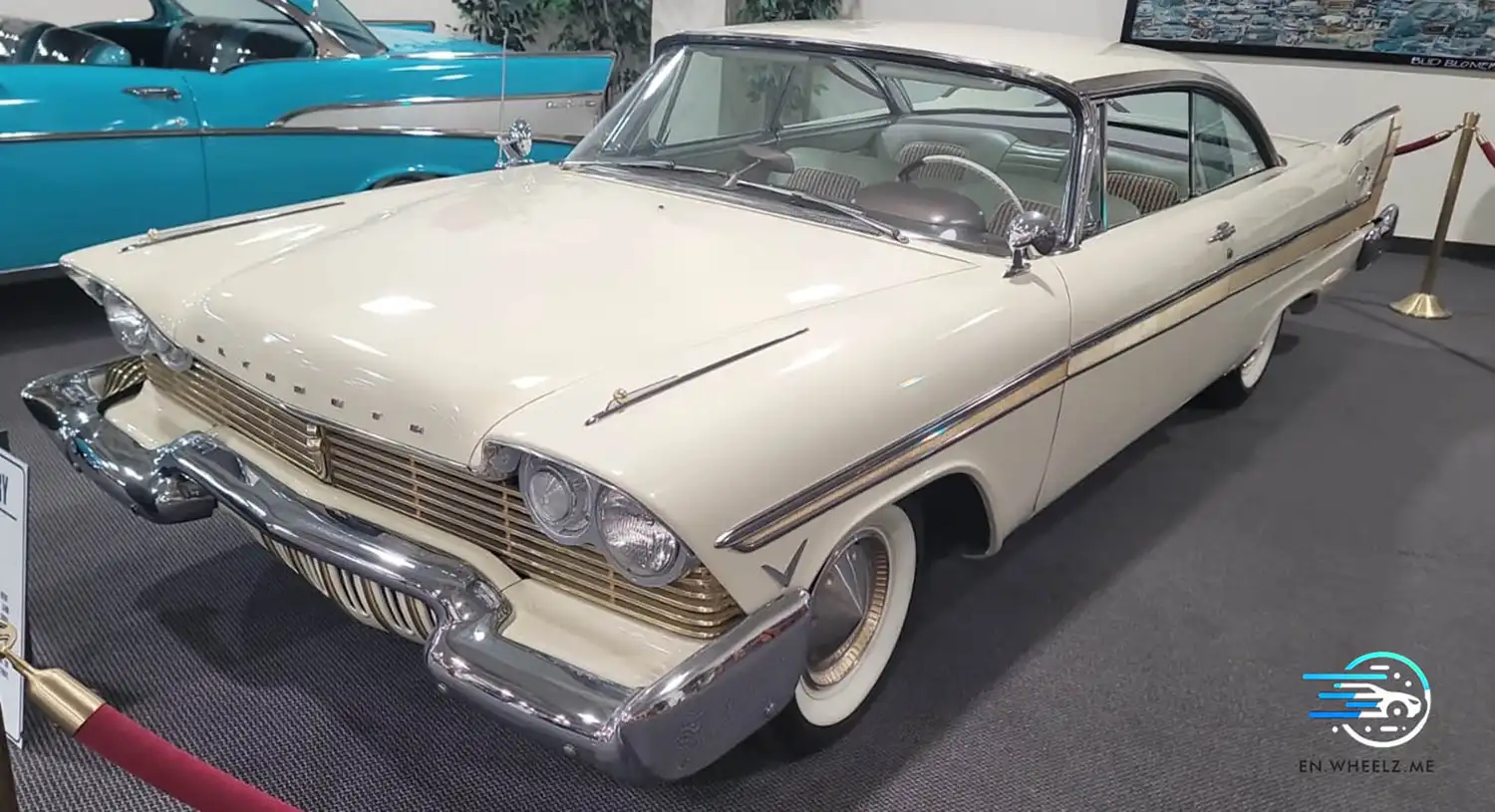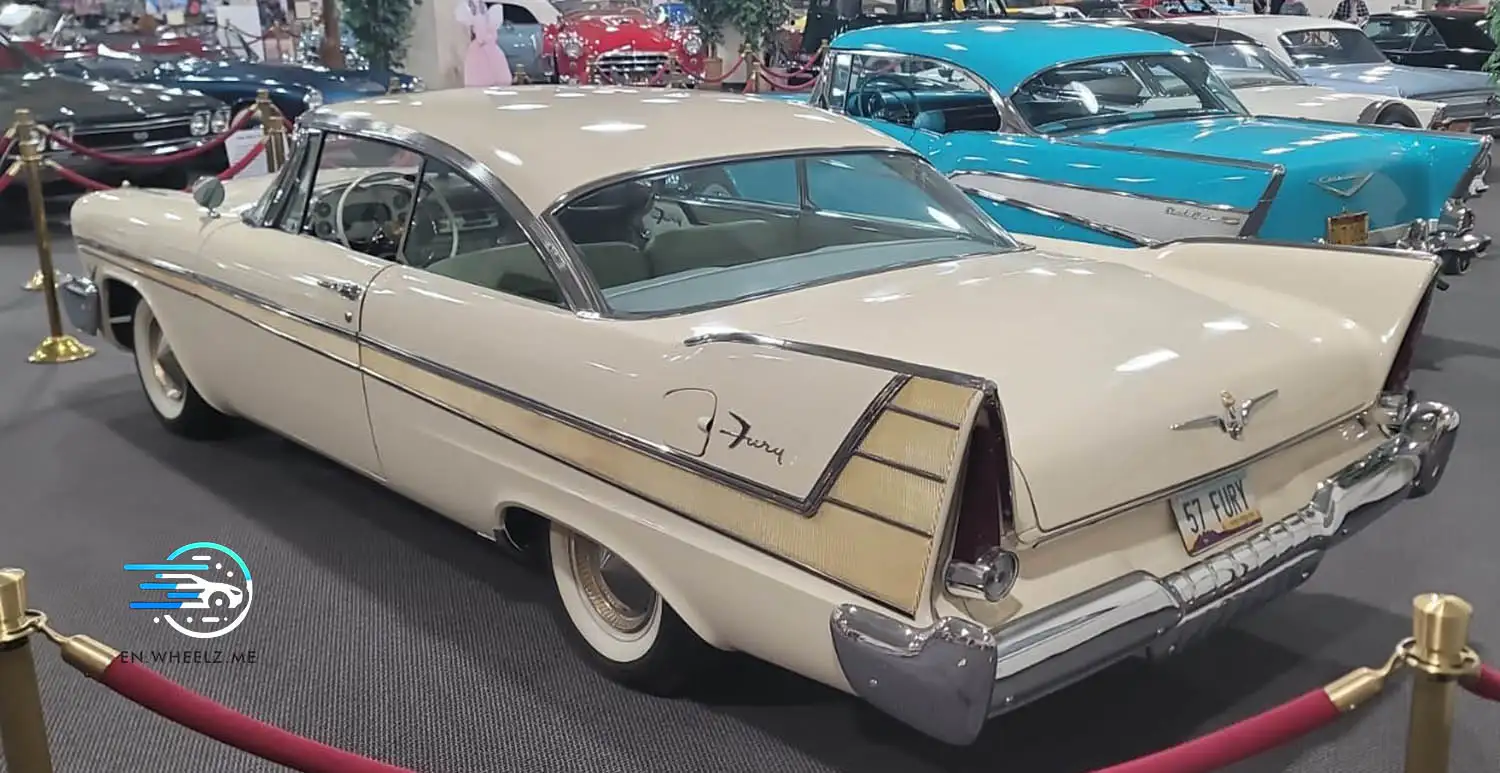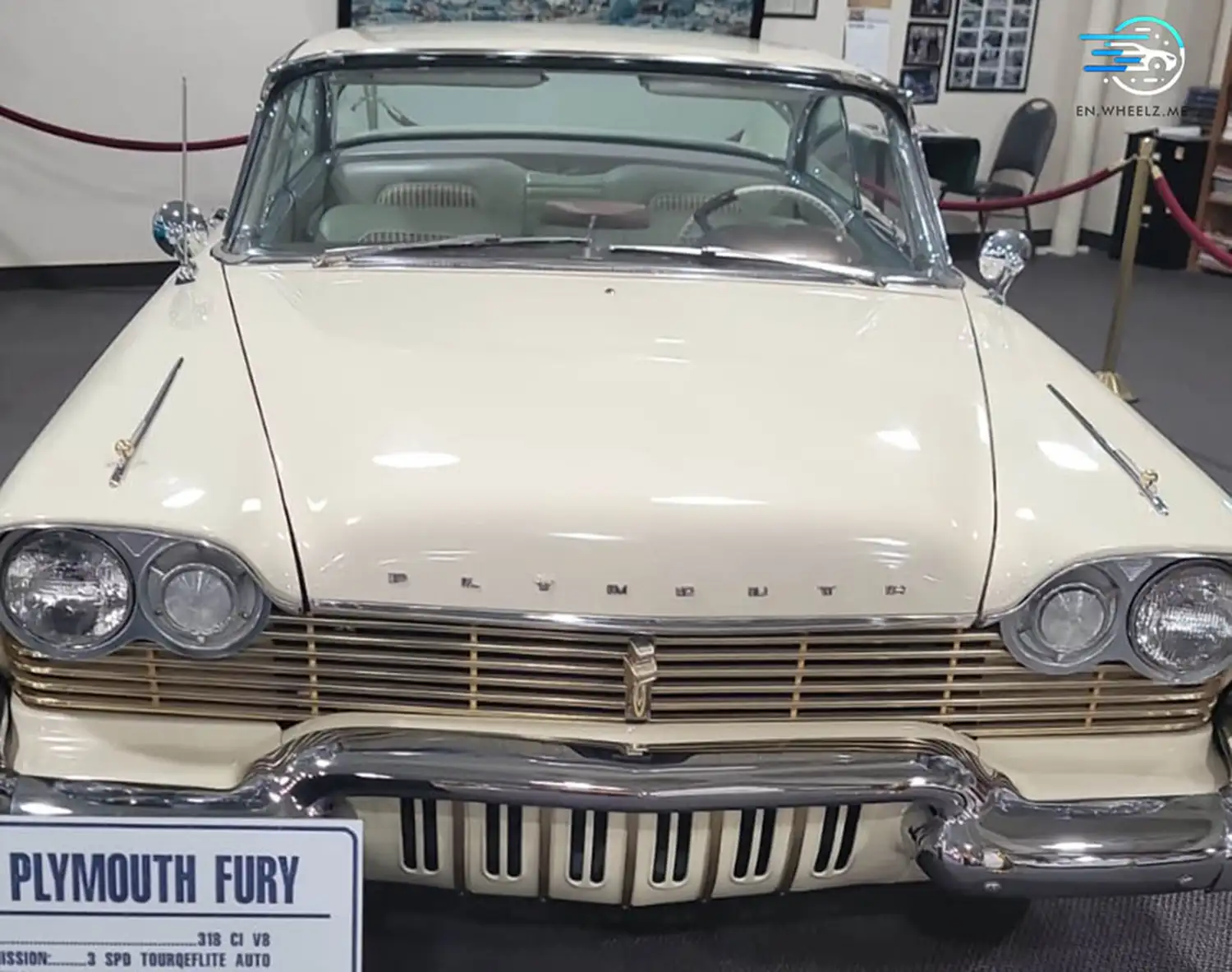
The 1957 Plymouth Fury is one of the most iconic American cars of the 1950s, representing a bold step forward in design and performance for Plymouth. Positioned as a high-performance, limited-edition model, the Fury quickly earned a reputation for its speed, style, and innovation, helping to define the burgeoning muscle car era. With its standout tailfins, powerful V8 engine, and sleek aesthetics, the 1957 Fury captured the spirit of the late 1950s and remains a coveted classic for collectors today.
Forward Look Design: A Bold New Era
The 1957 Fury was part of Plymouth’s “Forward Look” styling campaign, created by legendary designer Virgil Exner. This new design language emphasized sleek, futuristic lines and aggressive tailfins that gave the Fury a commanding presence on the road. The dramatic fins, combined with the wide stance and lowered roofline, made the Fury look fast even when standing still.

One of the most striking aspects of the 1957 Fury was its exclusive color scheme. The car was only available in an off-white “Sand Dune Beige” color, contrasted by striking gold anodized trim and accents. The simplicity of this monochromatic color palette, paired with the luxurious detailing, made the Fury instantly recognizable and visually appealing.
Power and Performance: High-Octane Muscle
Beneath its stylish exterior, the 1957 Plymouth Fury packed serious power. It was equipped with a 318 cubic-inch V8 engine with dual four-barrel carburetors, producing a potent 290 horsepower. This engine gave the Fury impressive acceleration and top-end speed, making it one of the fastest cars of its time. Paired with either a three-speed manual transmission or an optional push-button automatic, the Fury provided a thrilling driving experience that appealed to performance enthusiasts.

The Fury’s power-to-weight ratio, combined with Plymouth’s innovative “Torsion-Aire” suspension system, delivered superior handling for a car of its size, giving drivers a balanced mix of performance and comfort. This blend of speed and refinement helped the Fury stand out in the growing field of high-performance American cars.
The Birth of a Legend
The 1957 Plymouth Fury wasn’t just about performance; it was a statement car. Its combination of cutting-edge design and muscle set a new standard for American automakers. Plymouth marketed the Fury as a limited-edition model, heightening its exclusivity and desirability. This exclusivity, combined with its performance credentials, solidified the Fury’s reputation as one of the earliest precursors to the muscle car movement that would dominate the 1960s.

The Fury also gained fame as a cultural icon, particularly after it became the star of Stephen King’s novel Christine, further cementing its place in pop culture. While the movie version featured a 1958 model, the 1957 Fury’s sinister styling and raw power made it the perfect foundation for a car that would be remembered by generations.
Collectibility and Legacy
As a limited-production vehicle, the 1957 Plymouth Fury is a highly prized collector’s item today. Its unique design, combined with its historical significance as one of the forerunners of the muscle car era, makes it a favorite among classic car enthusiasts. Well-preserved examples of the Fury can fetch significant sums at auctions, often exceeding $150,000 depending on their condition and originality.

The Fury’s influence on future Plymouth models is undeniable. It set the stage for subsequent performance models, including the legendary Plymouth Road Runner and the ‘Cuda, solidifying Plymouth’s reputation as a leader in American performance cars.
Conclusion
The 1957 Plymouth Fury stands as a timeless symbol of American automotive ingenuity. Its sleek design, powerful V8 engine, and cultural significance make it one of the most beloved classics from the 1950s. A true pioneer in blending style with performance, the Fury remains a testament to Plymouth’s bold vision and continues to capture the imagination of car enthusiasts today.
Photos taken at Don Laughlin’s Classic Car Museum.
This article was crafted with assistance from Chatgpt
